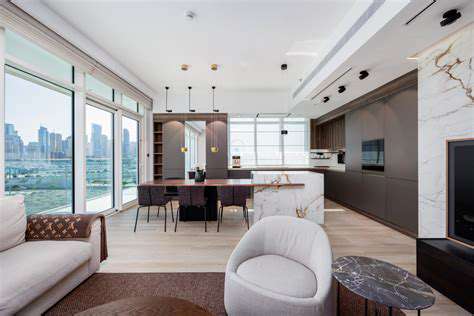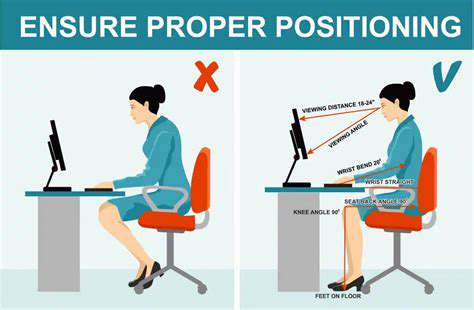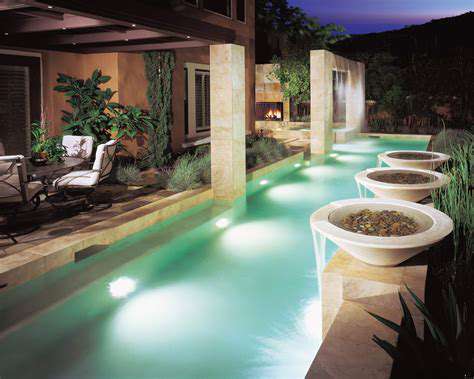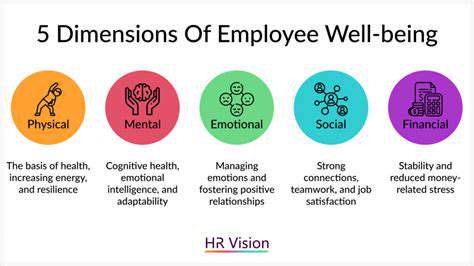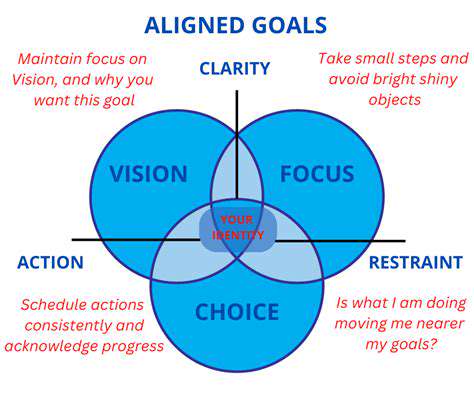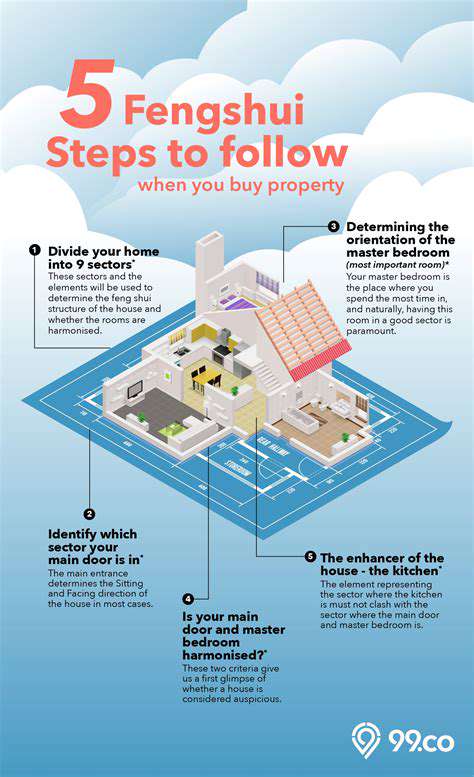Improving kitchen design for a healthier lifestyle
Smart Storage for Stress-Free Cooking
Chaotic kitchens create stressful cooking experiences. The solution lies in customized storage that matches how you actually use the space. Baking enthusiasts might dedicate a cabinet to stand mixer attachments and measuring tools, while smoothie lovers could create a breakfast station with blender and supplements.
Clear, labeled containers eliminate the mystery pantry phenomenon where ingredients disappear until expired. Lazy Susans in corner cabinets, pegboards for frequently used tools, and drawer inserts that keep items from jumbling together all contribute to kitchen zen. When everything has a designated home, meal prep becomes meditation rather than mayhem.
Eco-Conscious Kitchen Choices
Sustainability in kitchen design goes beyond recycling bins. Bamboo cutting boards and reclaimed wood countertops offer durability with lower environmental impact. Induction cooktops provide precise temperature control while using less energy than traditional electric coils. Even small choices matter - water-saving faucet aerators and compost systems for food scraps collectively make significant differences.
For those upgrading appliances, look for ENERGY STAR ratings and consider lifespan - a slightly more expensive appliance that lasts decades often proves greener than disposable alternatives. The most sustainable kitchen is one designed to be loved and used for generations.
Thoughtful Technology Integration
Smart kitchen tech should simplify rather than complicate. A Wi-Fi enabled oven that preheats on your commute home makes sense; a refrigerator with a screen that distracts from cooking less so. Focus on technologies that solve real problems: motion-sensor faucets for messy hands, precision scales that sync with recipe apps, or quiet dishwashers that run during off-peak energy hours.
The best kitchen technology disappears into the background until needed. Under-cabinet lighting that automatically adjusts throughout the day, or voice-controlled timers that keep hands flour-free exemplify tech enhancing rather than interrupting the cooking flow.
Creating a Functional Food Prep Zone
Optimizing Your Space for Efficiency
A well-planned food prep zone functions like a chef's mise en place - every element positioned for maximum efficiency. The golden rule: minimize steps between key areas. Keep cutting boards near the knife block, trash/recycling within pivot distance, and commonly used oils and seasonings in the prime real estate directly beside the stove.
For small kitchens, think vertically. Wall-mounted racks for pots, magnetic strips for knives, and hanging baskets for produce multiply usable space. Even in large kitchens, resist spreading out - compact work triangles within zones (prep, cooking, cleanup) prove more efficient than sprawling layouts.
Investing in Quality Tools
Three excellent knives (chef's, paring, serrated) outperform a block full of mediocre blades. A heavy cutting board that stays put saves frustration (and fingertips). Quality tools become extensions of the cook's hands, with comfortable grips and balanced weight that reduce fatigue during long prep sessions.
Consider task-specific upgrades: a mandoline for perfectly even slices, a microplane for zesting and fine grating, or a sturdy mortar and pestle for releasing flavors in spices and herbs. These specialized tools pay dividends in both results and enjoyment.
Organizational Systems That Work
Effective storage solves the I know I have one somewhere dilemma. Group items by function: all baking supplies together, grilling tools in one drawer, lunch-making accessories in another. Clear containers (preferably square to maximize space) let you see ingredients at a glance, while labeled spice jars alphabetized for quick finding.
For small appliances used regularly, designate accessible homes rather than deep cabinet burial. The blender used daily deserves counter space; the waffle maker pulled out quarterly can live on a high shelf. An organized kitchen reflects how you actually cook, not some idealized magazine spread.
Maintaining Food Safety Standards
Designate specific cutting boards by type (meat, produce, fish) using color coding if helpful. Keep disinfectant wipes and clean towels within easy reach of prep areas. Proper food handling begins with thoughtful kitchen design - having a sink nearby for frequent hand washing, separate storage for raw meats, and clearly marked containers for allergen-free ingredients.
Consider materials that support cleanliness: nonporous countertops that resist bacteria, dishwasher-safe cutting boards, and sealed grout in tile backsplashes. Easy-to-clean surfaces encourage proper sanitation between tasks.
Tech That Enhances Without Distracting
Digital kitchen scales take the guesswork out of baking. Smart timers that sync across devices ensure nothing burns while you step away. Tablet stands can keep recipes visible without crowding counter space - just ensure they're positioned to avoid grease splatters.
For tech integration, focus on single-purpose devices that excel at their function rather than multi-function gadgets that complicate. A dedicated coffee scale with timer improves morning brews more than a smart fridge trying to do everything.
Sustainable Practices Made Simple
Designate a compost collection container near prep areas (with a lid and carbon filter to control odors). Keep reusable produce bags and storage containers convenient to discourage disposable alternatives. Sustainability thrives when systems make the right choice the easy choice.
For equipment, prioritize durability - a well-maintained cast iron skillet outlasts generations of nonstick pans. Learn proper care for each material; wood cutting boards need regular oiling, carbon steel pans require seasoning. Investing time in maintenance extends the life of quality tools.
Artistic tools demand the same thoughtful preparation as kitchen implements. Just as a chef keeps knives sharp and within reach, artists benefit from maintaining hand flexibility and tool readiness. The connection between physical preparation and creative flow transcends disciplines - whether wielding a brush or a whisk, the body must become an unobtrusive conduit for intention.
Incorporating Natural Light and Greenery
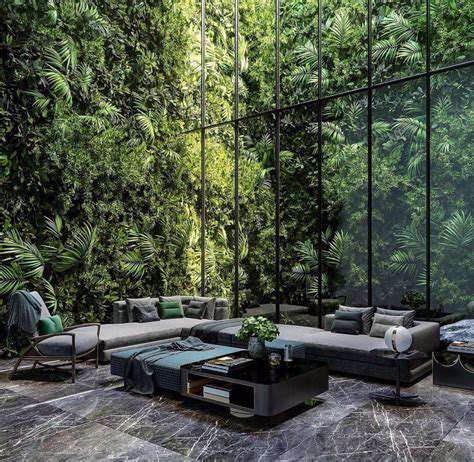
Maximizing Natural Light
Sunlight transforms spaces emotionally and functionally. Morning light in east-facing kitchens energizes breakfast routines, while western exposure creates warm dinner ambiance. For existing layouts, reflective surfaces like glossy subway tile or metallic backsplashes amplify available light. Light-colored countertops bounce illumination deeper into the room.
Consider removing upper cabinets on window walls to preserve sightlines and light penetration. For privacy without sacrificing light, frosted glass or sheer curtains diffuse brightness while maintaining openness. Every design choice should ask: Does this bring in more light or block it?
Strategic Window Planning
New construction or renovations present opportunities for daylight optimization. Clerestory windows above eye level provide privacy while flooding the space with ambient light. Transom windows over interior doorways allow light to travel between rooms. Thoughtful glazing choices balance light with energy efficiency - low-E coatings reduce heat transfer without noticeable tinting.
Window placement should consider seasonal variations. South-facing windows welcome winter sun while deciduous trees provide summer shading. North light offers consistent, shadow-free illumination ideal for task areas. Understanding these patterns informs where to place reading nooks versus art displays.
Material Interactions With Light
Every surface interacts uniquely with sunlight. Matte finishes absorb light for cozy atmospheres, while polished stone reflects it for brightness. Glass-front cabinets create depth and sparkle when sunlight hits dishware. Even hardware choices matter - unlacquered brass develops a warm patina in sunlight, while chrome maintains its crisp brightness.
Test material samples at different times of day before committing. That perfect white paint at noon might feel sterile by evening. Natural materials like wood and stone subtly change character throughout the day's light progression.
Greenery as Living Design
Plants serve multiple functions beyond aesthetics. Herb gardens provide fresh flavors while improving air quality. Hanging planters add vertical interest without consuming counter space. Even a single potted citrus tree becomes a fragrant, fruitful focal point. For low-light situations, snake plants and pothos thrive with minimal care.
Consider edible landscaping outside kitchen windows - berry bushes or tomato vines that delight the eye while promising future harvests. This connection to growing things enhances the cooking experience at a fundamental level.
Balancing Light and Shadow
Great lighting design embraces contrast, not just brightness. Under-cabinet lighting eliminates shadows on work surfaces while pendant lights create pools of warmth over islands. Dimmable controls allow adjustment throughout the day and for different moods. The interplay of light and shadow gives a kitchen depth and dimension beyond flat, even illumination.
At night, consider warmer color temperatures (2700-3000K) that mimic firelight rather than harsh daylight bulbs. Layer lighting types - ambient, task, accent - for both function and atmosphere. The goal is lighting that adapts to needs rather than demanding adaptation to it.

